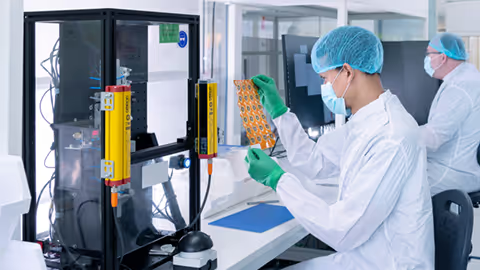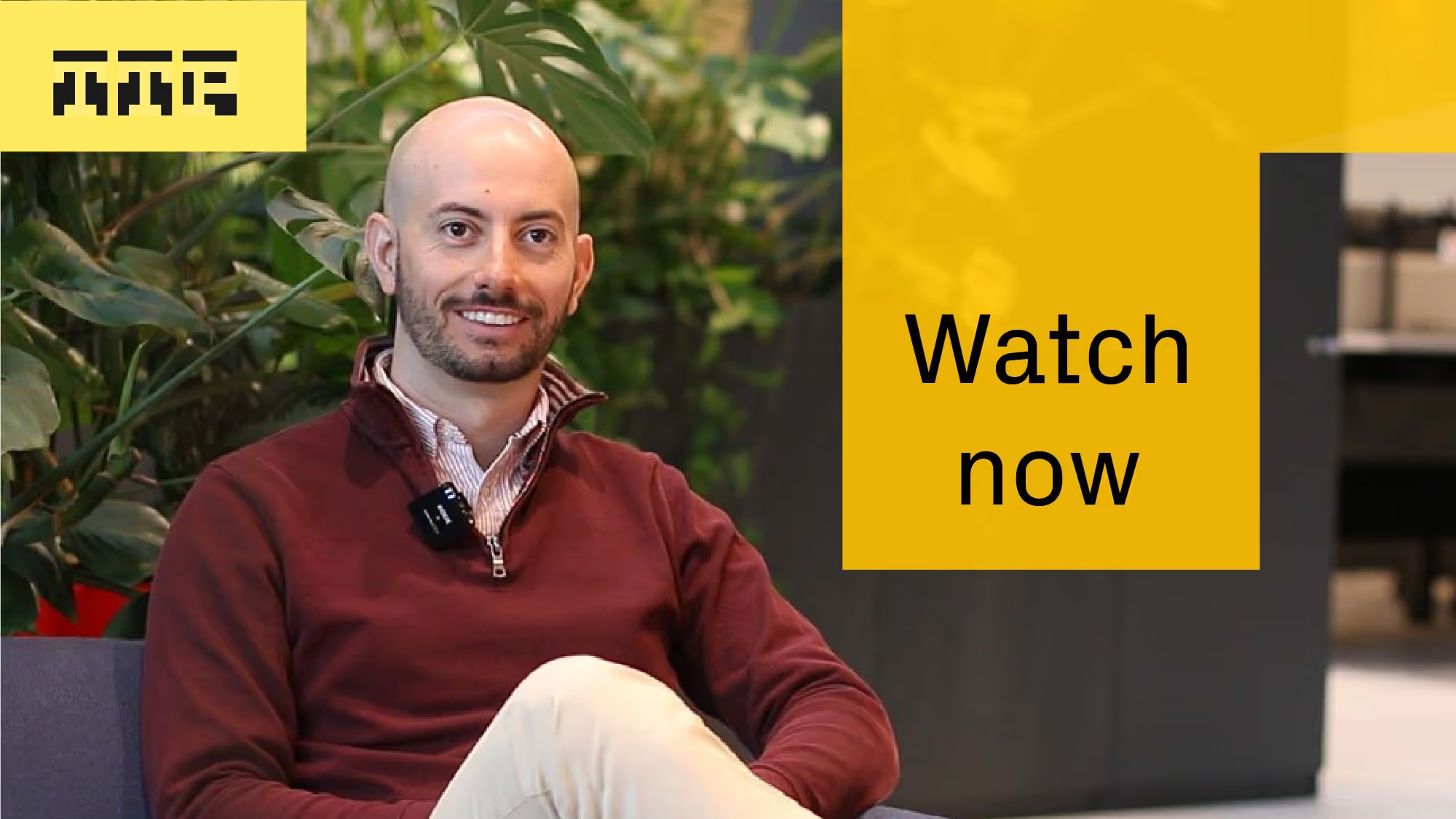For a few years now, it seems that the whole generic pharmaceuticals industry has been talking about moving more into “complex generics”. The attraction is obvious: the barrier to entry is much higher for combination products than for tablets or ointments. This reduces competition and enables the successful generic entrant to maintain an aggressive price point.
However, barriers to entry look much better in the rear-view mirror…
Many generics companies have found out the hard way that combination products present a substantial challenge, and one which most players do not have experience or expertise to address. Even a heavy hitter like Mylan struggled for years to get its Advair generic Wixela onto the market; with Sandoz withdrawing and Hikma yet to match Mylan’s achievement [1, 2]. It is no wonder that many smaller generics companies are cautious about targeting the billion-dollar opportunities coming over the horizon in the next ten years.
There’s no denying that generic combination products are simply hard, but there are things that can improve the chances of a prospective device development project.

You can’t have your cake and eat it.
Or – in plain English – when two desirable things are incompatible, you can only choose one of them. Freedom to operate and minimal changes to an innovator device, for instance. The three things which every executive in a generics company wants are freedom to operate (FTO), population bioequivalence (PBE), and – for the lucrative US 505(j) route – equivalent sequence of use. It is a short step from these requirements to the assumption that they are best met with the closest thing to a clone device achievable.
There are a number of problems with that approach, as the ongoing “EpiPen wars” demonstrate.
First, if the innovator has done their IP work well (and they usually have), you will be continually skating on thin ice for FTO. If the device patents expire after the drug and formulation (and they usually do), then pursuing the ‘clone’ approach risks landing you in a position where you will have to wait – an undesirable outcome for the generic developer, to say the least.
Second, the fact that the innovator managed to develop and launch their product does not mean that it was easy. Some combination products are famous for turning their development teams grey. Are your pockets as deep and patience as long as the innovator’s?
Third, how do your formulation capabilities compare to the innovator’s? Especially in inhalation, this is a big deal. You may actually need a device that outperforms theirs – in which case a clone may not only be an FTO and manufacturing disaster, but also struggle on PBE.
Our experience is that you do best to learn from the innovator device, but not to be guided too much by it. It’s often wise to use the same primary container and to match the user interface, but then strike out on your own.
Square pegs don’t fit in round holes.
Many companies pick a “general purpose” device and attempt to recast it as a generic match for their target innovator. In fact, this has arguably been the source of some of the knottiest problems encountered on the quest for an Advair generic. But if a device has not been expressly designed as a generic, it’s unlikely to have become one by chance. This is especially true on the “equivalent sequence of use” axis. Removing a use step, substantially reducing a device’s size, or moving a dose counter are not minor modifications of a design. They amount to a re-engineering of a device based on the same principles.
If you need a device for product X, it may be better to consider devices designed from the start for that purpose rather than trying to repurpose another device.
Know your enemy.
In particular, know their patents. It’s common to hear one of two entirely opposite views on the IP minefield. The first is captured in the phrase “the space is very crowded”, which often translates as “working around the patents is a fool’s errand, so we’ll have to wait it out”. That approach is certainly low risk, but also almost certain to mean giving the coveted “first to market” crown to a competitor, as well as losing years of revenue. The other extreme – not looking at patents at all, or only looking at the Orange Book – is more common than might be expected.
For the reasons already mentioned, generics are always going to be challenging, but if you do not attempt to create a near-clone, there are highly successful strategies for producing robust designs with manifest FTO by taking a considered route between the two extremes.
The lowest risk approach is the one with the highest probability of getting you safely to your destination; a route which gets you rapidly to the edge of a minefield quickly loses its shine. If your goal is a successful generic combination product launch, you will do well to think twice before pursuing the “clone” or “square peg” approaches or adopting either extreme on the IP spectrum.
About TTP's Drug Delivery team
From blank sheet to clinical reality, TTP's Drug Delivery consulting team creates groundbreaking solutions to solve the toughest drug delivery challenges. With deep engineering, human factors, and scientific expertise, we guide you through every stage of drug delivery device development - from early exploration to manufacturing and final launch. Backed by an extensive track record we expertly navigate constraints to develop robust, efficient, scalable devices - enabling the delivery of transformative therapies and enhanced patient experiences. Find out how we can help you with your drug delivery solutions needs. Get in touch today.
References
01. Novartis Annual Report 2019.
02. Hikma completes its FDA response for generic Advair® 27 November 2019.











